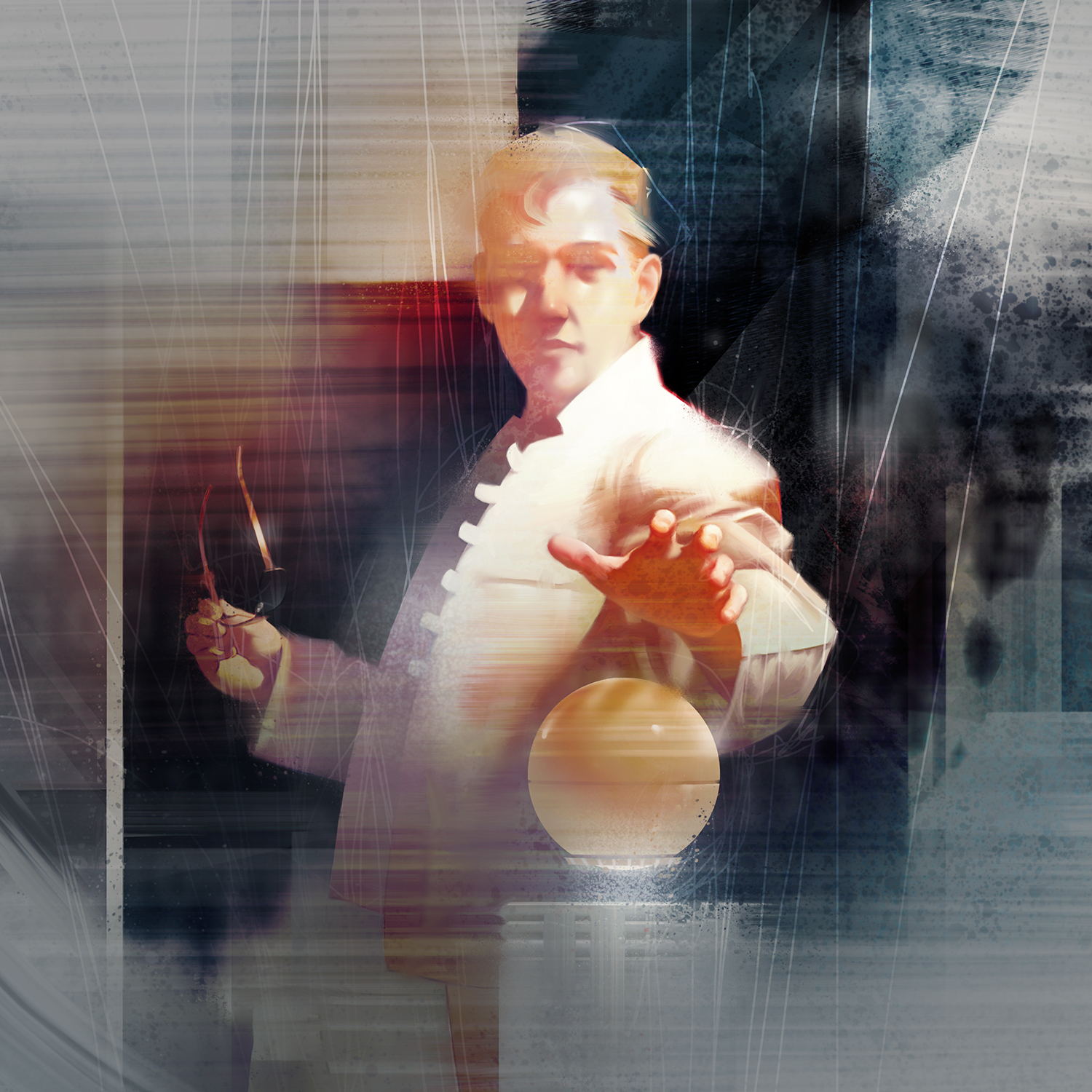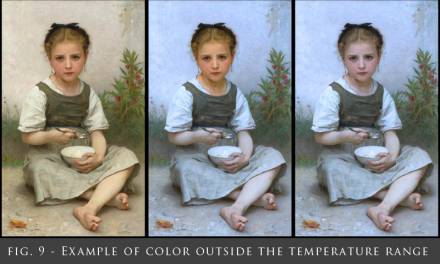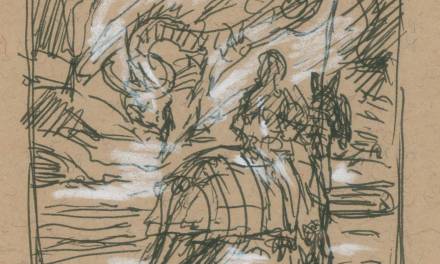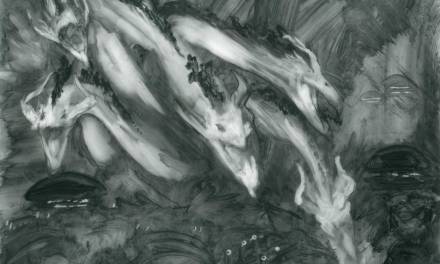Sunday Skills: the weekly (ish!) article about the little ideas in art that can have a big impact.
RULES, Part 1
Today we’re going to talk about rules in an abstract way, and tomorrow I’ll post an article fleshing out the ideas here via an exact artistic example. Ready. Fight!
–
In The 10 Art Commandments, Part 1, I talked about the importance of accepting apparent contradictions in art. These contradictions sometimes come in the form of “helpful rules,” handed down by teachers and peers.
We’ve all heard someone say, “When in doubt: draw what you see, not what you know.” But we’ve also heard the ubiquitous cry to “Draw around the figure!” As a student I heard this second rule and it just boggled my mind, because I was still considering the first rule also. I thought, “…But I can’t see what’s back there?”
The important thing was to at least try to use and understand both, and to make art. You have to start with Step One.
Step One: Just be OK with these contradicting principles and pieces of advice (rules); have faith that in time you will understand (a good teacher helps; notice this was also Commandment 3).
Then a few weeks ago, as a part of Sunday Skills, I elaborated on the process of fully considering both sides of a dichotomy (opposing rules), and synthesizing them to move forward with the article “Do Both.”
This gave us…
Step Two: Gain enough experience with the opposing sides of any concept and you can merge them into a third, more powerful concept – a concept that you see more as a spectrum than as a dichotomy.
And from these we can extrapolate…
Step Three: Continue this process ad infinitum until all of your art-making expertise is one continuous, constantly shifting yet accessible spectrum of concepts that enable you to do exactly what you need to do, exactly when you need to do it, and you are Art God.
What we can see here is a developmental path branching away before us, off into infinity (or literally anywhere we want to go), if we can just appreciate one governing rule, the only real rule: all rules are temporary. In truth, there are no rules.
How do we use this idea? Where do we even try and begin if there are no rules? We accept that there are concepts, not rules. We accept that when we have a “rule,” it’s really just a temporary entity, a placeholder – designed to protect us from mis-using principles we don’t yet understand. And we appreciate that despite all this talk, it’s really not that complicated. We just start at the beginning, with Step One. Develop a rule, use it until it runs dry, and then ditch it for its opposite. You’ll know when a rule becomes useless; trust me. If the right rule offends you, cut it off.
We can’t hold anything sacred except the pursuit of progress, and the idea that nothing is sacred. The moment we believe in rules too strongly is the moment they rule us.
Brew on that, finish enjoying an awesome weekend, and in tomorrow’s article I’ll break down the actual life-cycle of one bad little rule.









Recent Comments